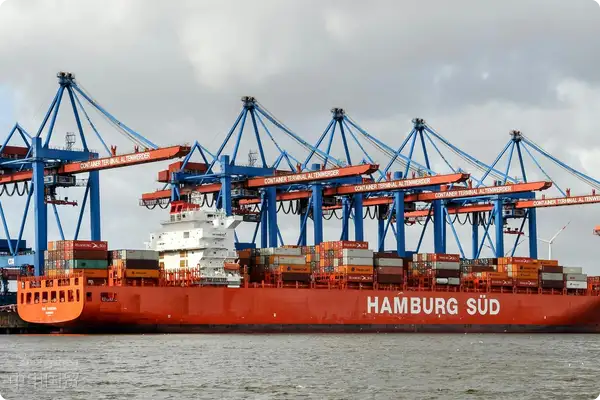- Shanghai Zhongshen International Trade Co., Ltd. - Two decades of trade agency expertise.
- Service Hotline: 139 1787 2118

Contents
ToggleThree Hidden Pitfalls of Imported Slow Wire EDM Machines
Since the implementation of the 2025 Yangtze River Delta New Area Manufacturing Upgrade Plan, the demand for imported slow wire-cutting equipment from precision mold enterprises has surged. A local enterprise, while independently importing Mitsubishi FA20 series equipment from Japan, failed to correctly declare the CNC system parameters, resulting in the equipment being detained at customs for 37 days and incurring 280,000 yuan in demurrage fees. This case highlights three major risks that must be noted when importing equipment:
- Misclassification of HS Code: Misreporting CNC cutting equipment (8456.30) as ordinary machine tools (8457.10)
- The processing of the electromechanical certificate has exceeded the deadline.: The required 15 working days for approval by the Ministry of Commerce were not reserved.
- Technical parameters missing: Omission of key indicators such as laser positioning accuracy (±0.001mm)
Standardized Operating Procedures for Professional Agents
Compared to companies handling customs clearance independently, professional agency firms can reduce the import cycle by 40%. Taking the example of a Suzhou-based agency handling Swiss GF machining systems:
- Pre - filing stage
- Complete the Electromechanical Product Import Application Form within 7 working days.
- The accuracy rate of pre-classified HS codes reaches 98%.
- Transportation control process
- The cost of specialized shockproof packaging for precision equipment has been reduced by 30%.
- Real-time tracking of 15 international ports.
- Customs clearance inspection response
- The resolution rate of pre-review document issues reached 92%.
- The average time for on-site inspections has been reduced to 1.8 days.
Quantitative analysis of agency service value
According to the 2025 Yangtze River Delta customs data, professional agency services can save approximately 187,000 yuan per batch in comprehensive costs compared to self-operation by enterprises:
- Port congestion risk cost: Reduce by 97%
- Document Error Rate: Dropped from 23% to 2.6%
- Equipment debugging cycle: Reduce by 14 working days
Solutions to Typical Problems
In response to the frequent customs inquiries recently, we recommend the following measures:
- Controversy over precision parameters: Prepare the NIST certification test report
- Software version verification: Pre-registration control system source code
- Determination of the Age of Used Equipment: Using a spectrometer for metal fatigue detection
Related Recommendations
? 2025. All Rights Reserved. Shanghai ICP No. 2023007705-2  PSB Record: Shanghai No.31011502009912
PSB Record: Shanghai No.31011502009912










